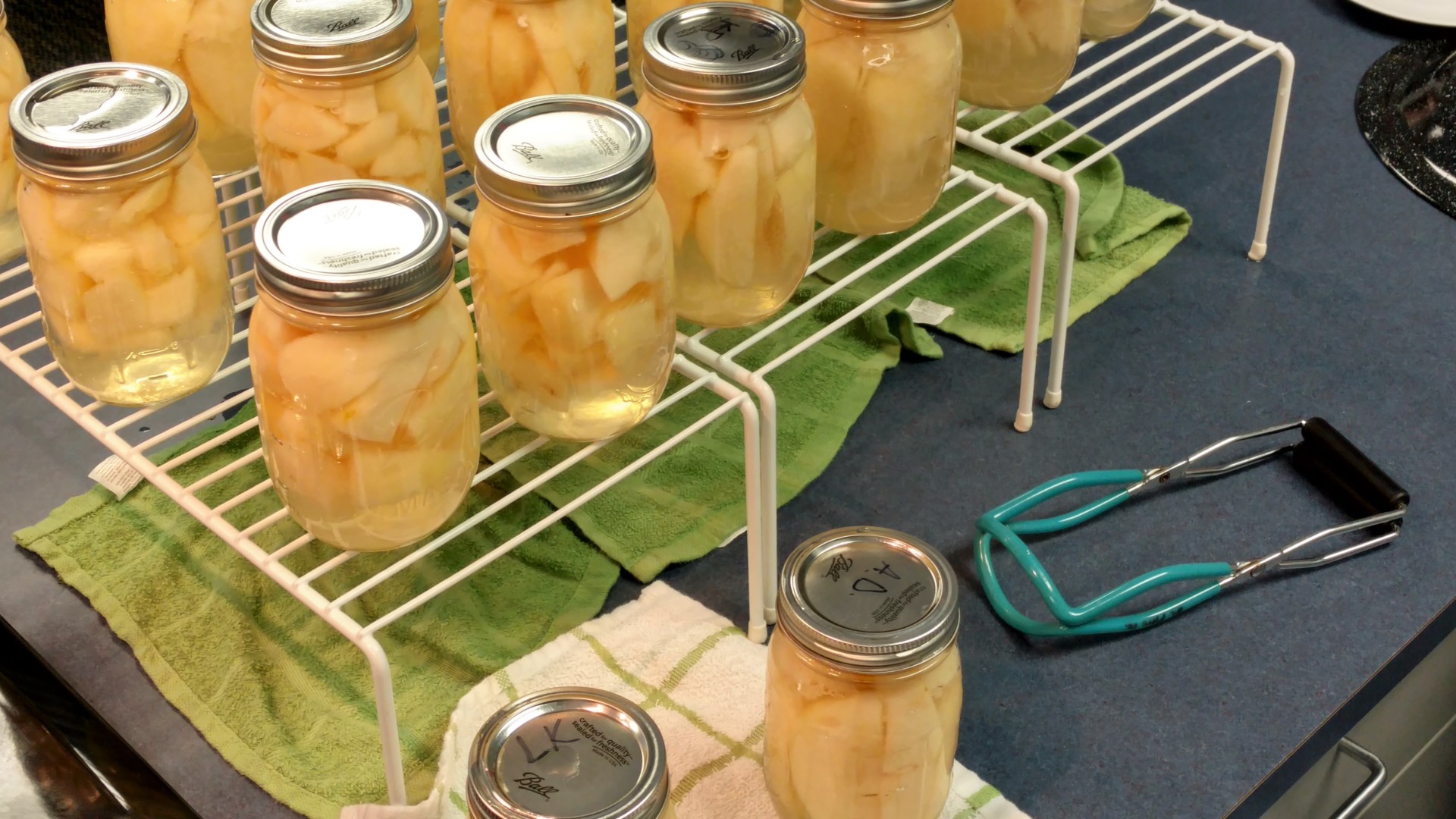
The COVID-19 pandemic produced an unexpected by-product in the summer of 2020.
With many people spending more time at home and less time in the grocery store, home gardens became tremendously popular. And when the newly harvested food began to accumulate, many people turned to home food preservation for the first time.
Therein lies the potential problem.
Colorado State University Extension specialists in the Department of Food Science and Human Nutrition and agents throughout Colorado have been fielding dozens of calls weekly from first-time canners. And concerns are growing that a lack of proper equipment, a shortage of canning supplies, and insufficient knowledge of the preservation process could lead to problems.
“Extension offices across the U.S. are the go-to resources for home canning questions so we have a unique perspective this year to be receiving many questions about supplies, equipment and canning procedures,” said Marisa Bunning, a professor of food science and human nutrition and extension food safety specialist. “Unfortunately, a high number of questions come in after the food has already been canned and involve issues that could mean the food is not safe. With so many people trying their hand at canning for the first time in 2020, we want to make sure people understand the importance of following correct steps for our unique elevation situation in Colorado.”
Additional complications
Several factors have combined to complicate the 2020 canning season:
Lack of supplies – With so many people home canning for the first time, supplies – canning lids, primarily – are in short supply. The flat, round lids, which create the seal on the canning jar, are critical in the process. Canners unable to find new lids may try to reuse old lids, even though those lids are no longer capable of properly sealing the jar.
Lack of vinegar – In some areas, vinegar has been difficult to find. Vinegar, essential in canning several foods, such as pickles and salsa, should be at least 5% acetic acid.
Equipment shortage – Pressure canners, which are a necessity for canning certain types of foods, are difficult to find, especially in some smaller communities. Foods that are low in acid, like beans or carrots, must be heated in a pressure canner to achieve a temperature of 240 degrees, which deactivates Clostridium botulium spores, preventing the formation of the botulism toxin. Home-canned vegetables are the most common cause of botulism outbreaks in the U.S. Only tested recipes should be used, and home food preservers need to use pressure canners, not pressure cookers.
Lack of experience – Colorado’s elevation presents a significant challenge even for people who may be familiar with canning. Boiling water canning requires time adjustments at higher elevation because water boils at temperatures lower than the standard 212 degrees at sea level. CSU has been the international leader in high-altitude cooking for decades, so any questions should be directed to an Extension agent or the Extension website prior to beginning the process.
“In most years, we field questions primarily from experienced food preservers,” said Elisa Shackelton, an extension specialist in the Department of Food Science and Human Nutrition. “But this year, lots of people who have never had gardens are looking for ways to preserve their home-grown food, and they may not be aware of safe practices. It’s important to realize that food preservation is a science and you have to do things correctly. There really is a serious hazard that can accompany home food preservation, and we want people to be safe while enjoying canning their own food.”
Follow the process
Bunning said following a trusted process is the key to successful canning.
“Most cooks tend to be creative – they aren’t afraid to try new things, and that’s part of the fun,” she said. “But home food preservation, especially canning, requires following specific procedures. A certain mindset is needed to make sure every step is followed precisely. In that way, canning is more similar to commercial food production than home cooking.”
Shackelton added that freezing food is a great alternative to home canning with added benefits of better texture and less time.
For information. refer to the CSU Extension website or use the new app, Preserve Smart, for iPhone and Android phones. More about the app, which recently won a First Place National Food Safety Award from the National Extension Association of Family and Consumer Sciences, is available on Facebook and Instagram.